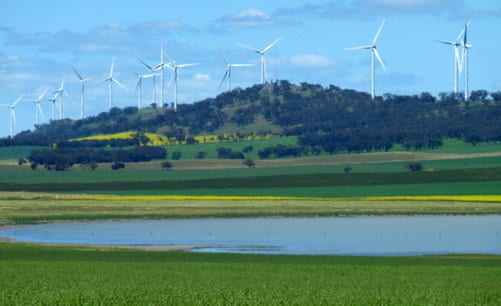
New polling released today by The Australia Institute’s Climate & Energy Program, shows two thirds of voters would prefer to see governments increasing energy conservation rather than building new power stations.
On Wednesday, Energy Minister Josh Frydenberg joined the Australian Renewable Energy Agency (ARENA) and Australian Energy Market Operator (AEMO) to announce $35.7 million for a ‘demand response’ trial.
Demand response technology manages demand peaks in real time, to prevent blackouts and lower prices. As my report for The Australia Institute showed, it is widely used globally, in Western Australia and New Zealand, but Australia’s east coast electricity market has fallen behind.
The Australia Institute surveyed 1,421 Australians in September 2017.
Respondents were asked which they thought was a better way to plan for peak demand events. Two-thirds (64%) supported demand response, while 28% supported building new grid infrastructure and power stations.
This result is particularly good because there has been almost no coverage of demand response, so it shows the public has an intuitive understanding of the virtues of energy conservation.
Four in five voters said they are interested in participating in demand response schemes, themselves. EnergyAustralia and AGL are both delivering pilots as part of the demand response trial, which will invite residential consumers to sign-up.
Voters were then asked if they would be interested in turning specific appliances off or down for a half hour period, during a demand peak, in return for a payment.
- 85% of voters said they would be interested in turning down the heating temperature two degrees for half an hour
- 82% of voters said they would be interested in turning off appliances like televisions and computers for half an hour
- 77% of voters said they would be interested in turning the air conditioning off for half an hour
Demand response remotely switches thousands of energy consuming devices or ‘loads’ off or down. These devices can range in size from a huge factory to a domestic pool pump.
The political significance of demand response is that it is a policy that event the hard-right can support. Australia has a peak demand problem, not a baseload problem and the demand response round will start to implement the solution.
This also gives momentum to a very important Finkel Review recommendation that has gone largely unreported. Finkel advised that demand response ‘negawatts’ of conserved energy should be allowed to compete in the wholesale energy markets against conventional megawatts.
This energy price benefit of conservation is one of the energy sectors best kept secrets. Warwick Parer, AM (John Howard’s energy minister in the 1990s) recommended that the market should be opened to demand response in 2002.
COAG failed to implement it but when COAG Energy Council met in July this year to consider the Finkel Review, it finally agreed and told the Australian Energy Market Commission to implement market demand response by the summer of 2018-19.
Finally, there is a policy that is popular, increases security, empowers consumers, lowers prices and reduces emissions. Dare we hope it can forge a political consensus?
Dan Cass is a Strategist at The Australia Institute @DanJCass










